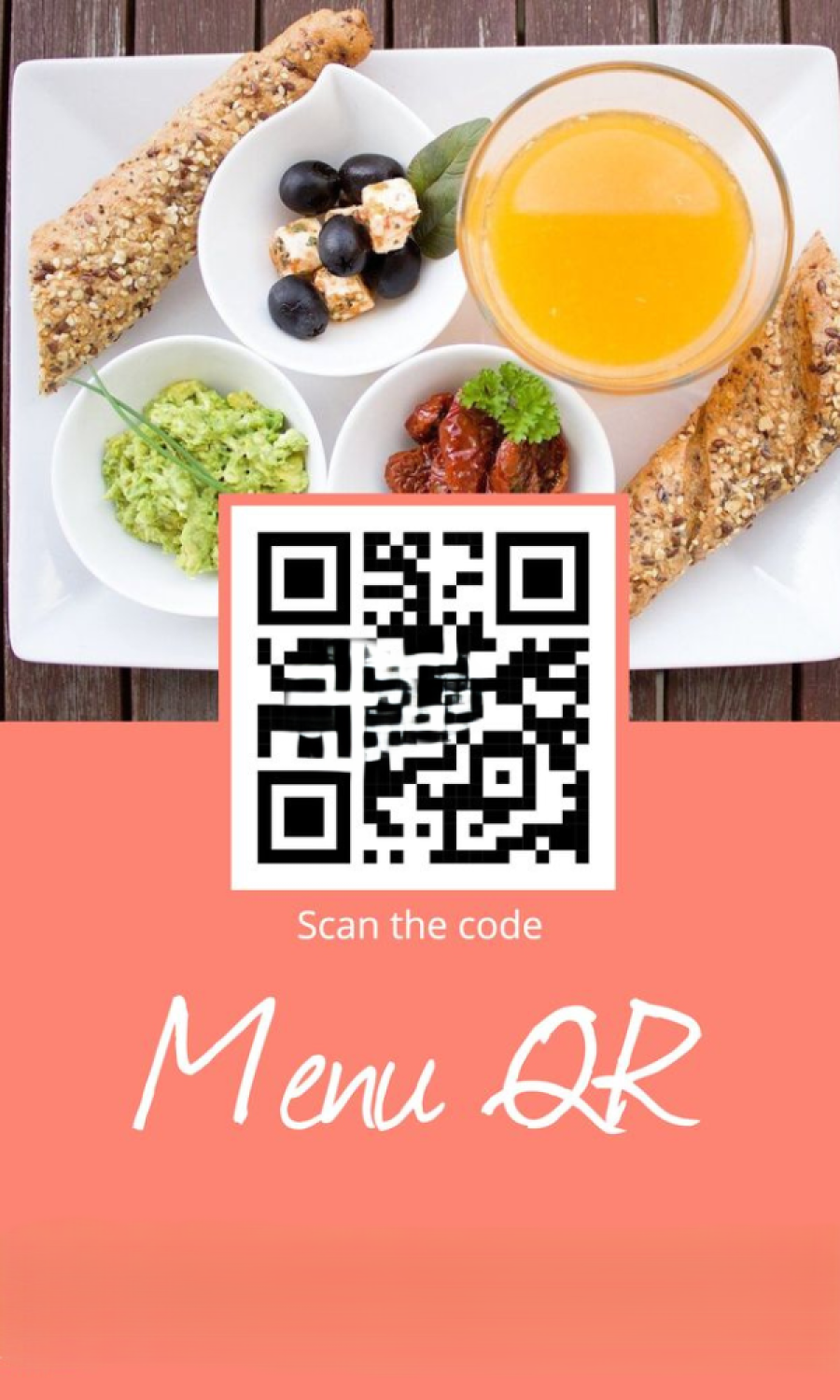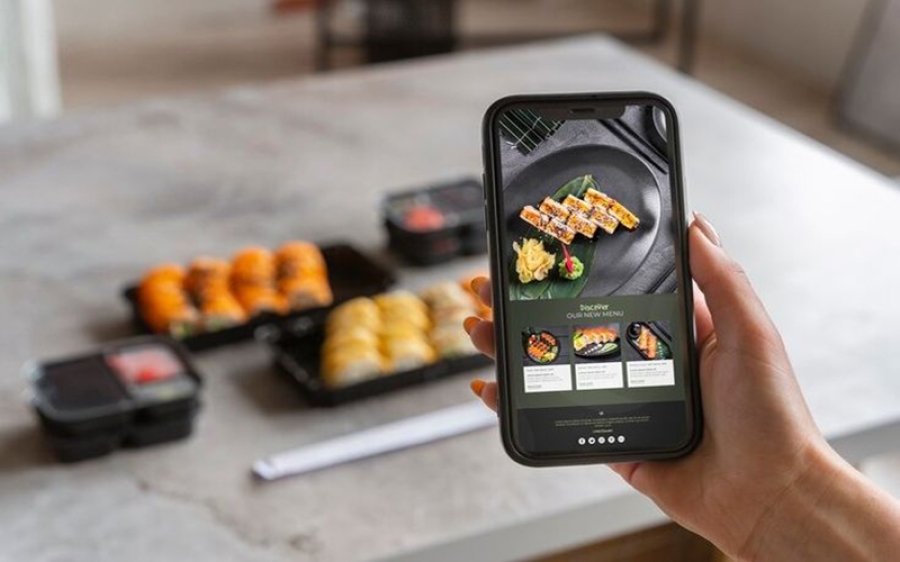The Impact of QR Codes on Restaurant Menus: An Exploration of Benefits and Drawbacks
In the dynamic landscape of the QR codes, digital innovation is continuously reshaping the way businesses operate. One such innovation is the use of QR codes for accessing menus, which has become increasingly popular, especially post-pandemic. This article delves into the benefits and disadvantages of employing QR codes for restaurant menus, providing a comprehensive overview to help restaurant owners and customers understand their impact.
Benefits of Using QR Codes for Restaurant Menus
Enhanced Customer Interaction
One of the most significant advantages of QR codes in restaurants is the enhancement of customer interaction. Diners can simply scan QR codes placed on tables or at the entrance to access the menu directly on their smartphones. This interactive element not only reduces wait times for menus but also allows customers to explore the menu at their own pace, fostering a more personalized dining experience.
Ease of Updates and Customization
QR codes make it incredibly easy for restaurant owners to update and customize their menus. Instead of printing new menus every time there's a change, restaurants can update their digital menus instantly. This flexibility is particularly beneficial for highlighting daily specials, seasonal dishes, or any price adjustments, ensuring that customers always have the most current information.
Cost and Environmental Savings
Using QR codes for menus can significantly reduce printing costs and the environmental impact associated with paper menus. By minimizing the need for physical menus, restaurants can save on printing expenses and contribute to sustainability efforts. This eco-friendly approach can also appeal to environmentally conscious customers, enhancing the restaurant’s brand image.
Enhanced Safety and Hygiene
In the wake of health concerns, particularly due to the COVID-19 pandemic, QR codes offer a contactless solution that promotes better hygiene. Customers can avoid touching shared menus, thereby reducing the risk of germ transmission. This added layer of safety can make diners feel more comfortable and secure during their visit.
Disadvantages of Using QR Codes for Restaurant Menus
While QR codes bring numerous benefits, they also present certain challenges that restaurants must address.
Technical Challenges
Not all customers may have the necessary equipment or technical knowledge to scan QR codes. Some diners, especially older individuals or those without smartphones, might find it challenging to access the digital menu. Restaurants need to ensure they have alternative menu options available to accommodate these customers.
Privacy Concerns
The use of QR codes can raise privacy concerns, as scanning them often involves data collection, such as location and device information. Restaurants must ensure they comply with privacy laws and regulations, providing clear information about data usage and obtaining necessary consents from customers.
Dependence on Digital Platforms
QR codes rely on digital platforms and internet connectivity to function. If a customer does not have access to the internet or if there are connectivity issues, they cannot benefit from the features enabled by QR codes. This dependence on digital infrastructure could limit the accessibility of menu information for some diners.
Conclusion
The integration of QR codes into restaurant menus presents a unique opportunity to enhance customer engagement and streamline operations. The benefits, including improved interactivity, ease of updates, cost savings, and enhanced safety, make QR codes an attractive option for modern restaurants. However, it's crucial to address the challenges, such as technical limitations, privacy concerns, and the reliance on digital platforms, to ensure a seamless and inclusive dining experience. By carefully considering these aspects, restaurants can successfully leverage QR codes to modernize their approach to menu presentation, ensuring they remain relevant and efficient in the digital age.








